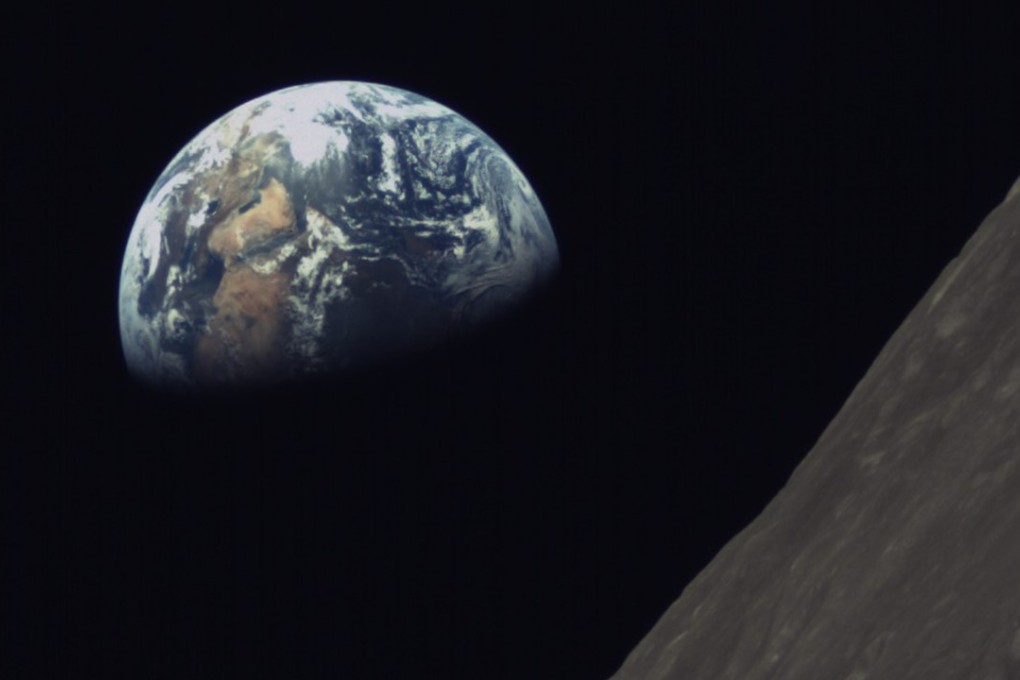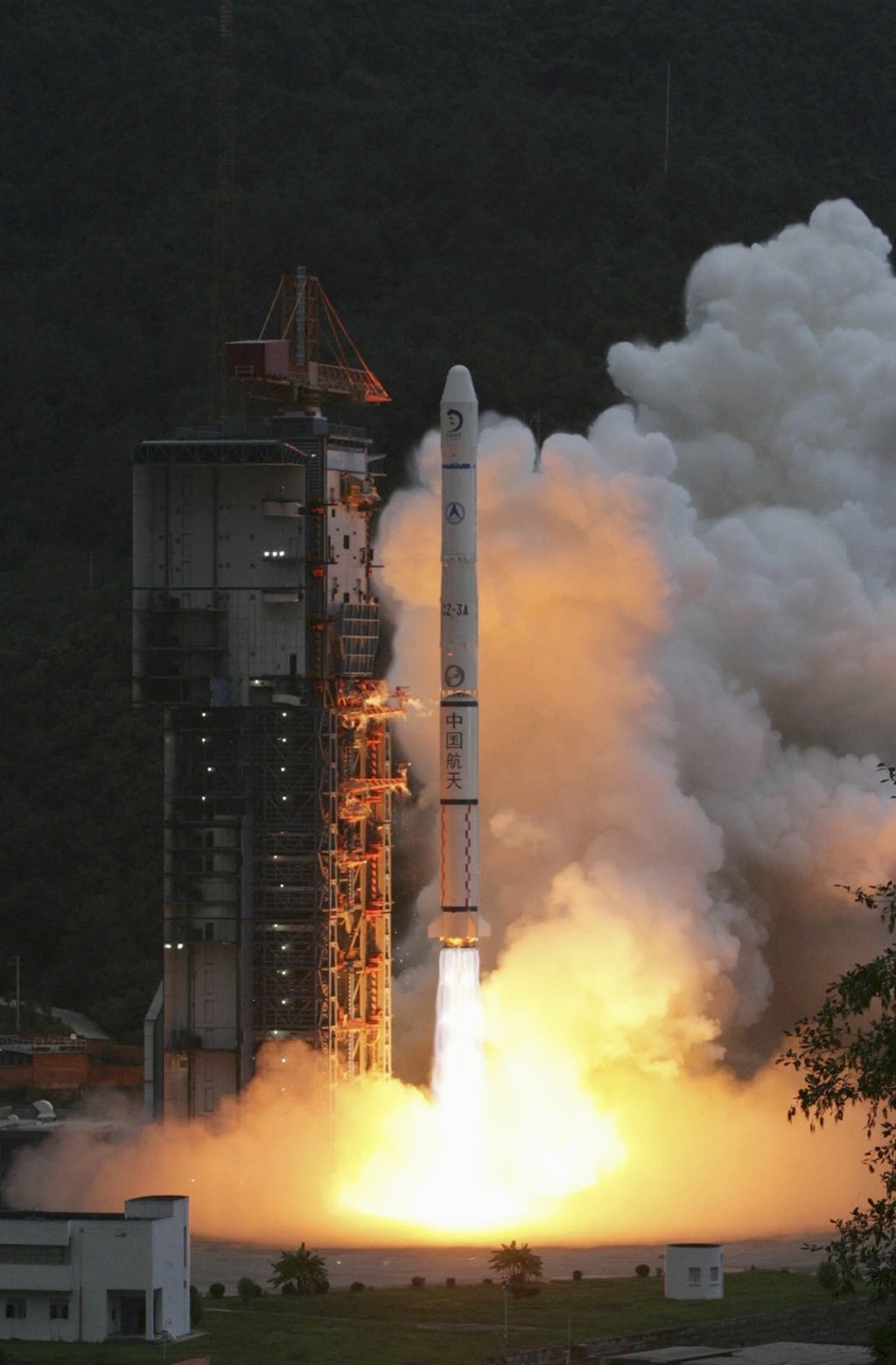China’s Chang’e moon missions and how it achieved its first lunar landing
The latest phase of the country’s ambitious programme, designed to culminate in a manned mission, is set to lift off in December

Later this year China will launch its newest lunar probe, the Chang’e 4, on a mission to the far side of the moon.
The launch in December is the latest phase of the ambitious Lunar Exploration Programme and, if successful, will be the first successful landing on the far side of the moon.
Also known as the Chang’e programme – named after the Chinese goddess who, according to myth, flies to the moon – it is part of a continuing series of missions that started in 2003.
China lifts off in pioneering journey to the far side of the moon
The whole programme is expected to take more than 20 years to complete and the plan is intended to culminate in a manned moon landing by 2036.
Here we look at how the programme has developed so far and what will come next.
Phase I: Orbiting
The programme incorporates three phases: orbiting, soft landing and sample return.
Chang’e 1
